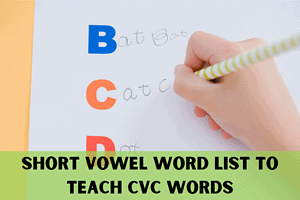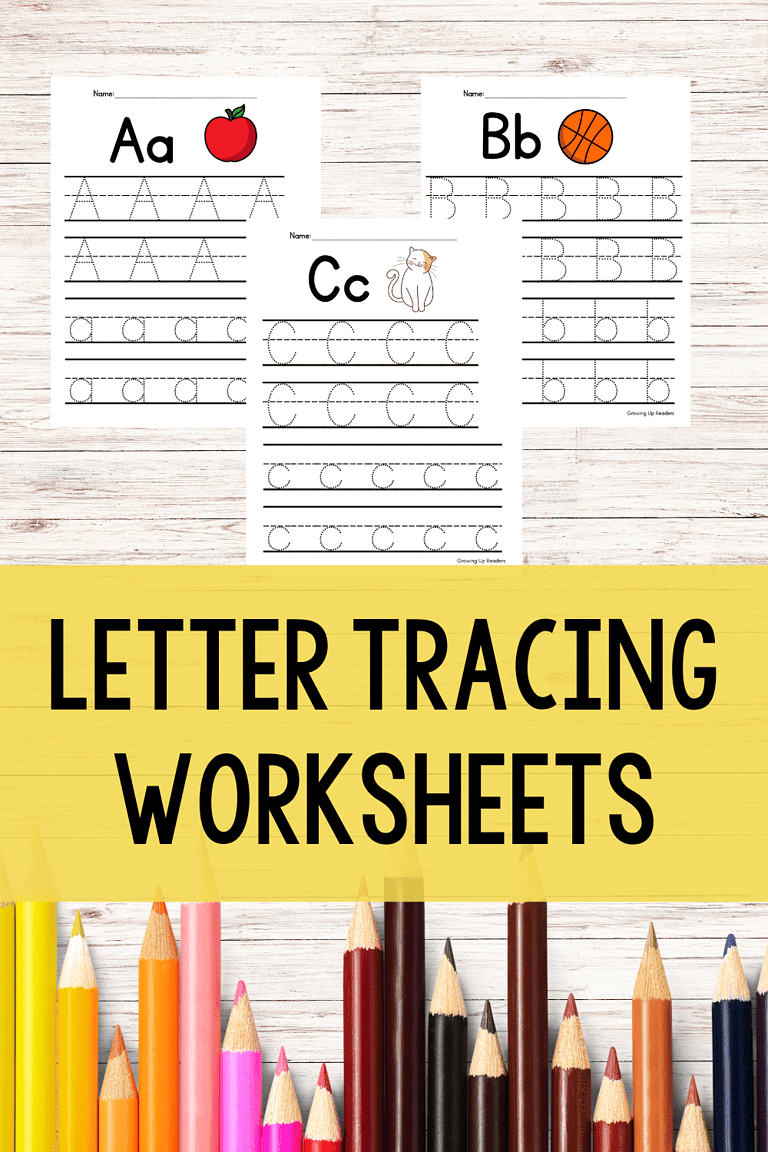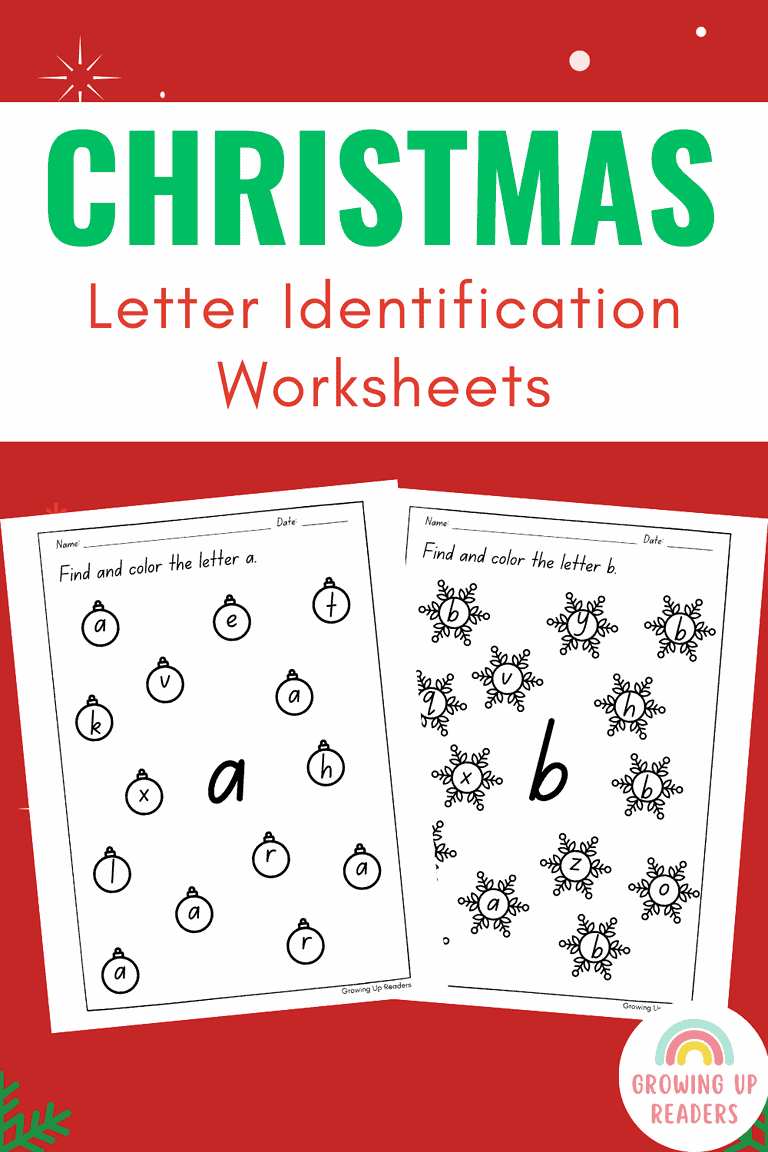This post has a list of short vowel words PDF.
short vowel word list pdf for Teaching CVC words

Your little reader knows their sounds and they are ready to read! How exciting!
If you are ready to help your little reader blend letter sounds into words, CVC words are the way to go. In this post, let’s discuss why CVC words are important when learning to read.
You can access the short vowel word list PDF by clicking the image below.
The importance of short vowels and CVC words
What are short Vowels?
There are five vowels in the English language: A, E, I, O, and, U (sometimes y, but we will get into that another time).
Sometimes vowels can be short and sometimes vowels can be long. Let’s talk about short vowels.
Short vowels are when you say the sound of the letter. So, when you say the sound of the letter, you are making the vowel’s short letter sound.
For example, think of the word mop. When we sound out this word, we say…
/m/… /o/… /p/
The middle sound /o/ is the short vowel sound. Every word is going to have a vowel sound. Some of those vowels will be short vowels!

DEFINITION OF CVC WORDS
CVC words are those short 3 letter words that have a consonant in the beginning, a vowel in the middle, and a consonant at the end. So, CVC stands for “consonant-vowel-consonant.“
Consonants are letters in the alphabet that are not vowels.
Let’s use that example of the word mop. M and P are the consonants while O is the short vowel.
WHY SHORT VOWELS AND CVC WORDS MATTER
Short vowels and CVC words are important for a few reasons.
These short CVC words are going to be the building blocks for many words in English. To read those longer and more complex words, we need to be reading those basic words first. We have to walk before we can run!
Short vowels are important because they let us know how to say certain vowel sounds in certain words. For example, mop and mope are going to be read differently!
While you’re teaching short vowels and CVC words, remember their importance. A lot of the time, we may be anxious or excited to move on to the next step in our children’s reading journey. But, slow down and remember that these types of words are the building blocks of reading those bigger words.
HOW TO use the SHORT VOWELS AND CVC WORDS list
PHONICS PRACTICE
To practice reading these words, you can either write them on index cards or on a dry-erase board. As your child is reading, ask them specific questions.
You can ask them:
“Where is the vowel?”
“How many syllables does this word have?”
“What’s the ending sound? Beginning sound?”
Have your child mark the vowel with a fancy little breve. It’s a little u that will go right on top of the vowel just like below. That little mark is a way to show that it is indeed a short vowel.

word families
You know I love word families. Word families are groups of words that all have the same ending.
Here are some common word families: -op, -at, -en.
The short vowel list has each CVC word broken into different possible word families.
There is a specific reason why I love word families. I find that if your child is struggling, it’s so helpful to stick with a single word family. Once they show that they are mastering a specific ending sound, keep working on that same sound! Change up that beginning sound.
Make sure to point out how awesome they’re doing!
READING FLUENCY
These words cards are a great way to build fluency. With repeated practice of these short vowel words, children will be able to build up their fluency skills.
Fluency = more confident readers
You can work on fluency in different ways. Keep it no-frills and just have your child read the words aloud. Make it a competitive game and time your child to see how quickly they can read through the lists.
Here are some strategies to work on fluency if your child is struggling.

spelling practice
Use these CVC word lists to help with spelling. Have your kiddo spell out the words on the list so they can become more comfortable with the different short vowel sounds.
Remember – spelling doesn’t have to be only on pencil and paper. Use sidewalk chalk, colored pencils, sand trays, shaving cream… the list goes on and on!
tips to teaching cvc words and short vowels
Are you ready to start teaching CVC words? Here are some tips that may help you.
Work on the basics first. Before you dive into CVC words, make sure your child has strong letter sound knowledge.
Stretch out the sounds. Encourage your child to sound out the words or “stretch out the sounds” that they hear in the word. Then, they can blend the sounds together to read the word.
Provide opportunities for practice. Give children plenty of opportunities to practice reading and spelling these different CVC words. You know the saying – practice makes perfect!
Create flashcards. Use these words to create your own set of flashcards. Using flashcards can be an effective way to help your children learn the new words. They’re also a great way to maintain those skills!

This will be an excellent resource for parents who are looking for ways to improve their child’s reading skills. Reading words that contain short vowels is a fundamental skill. It will be so important when your child is learning to read those larger and more complex words!
With repeated practice and effective teaching, our little readers will be able to master reading and spelling CVC words in no time!
short vowel CVC word list pdf







